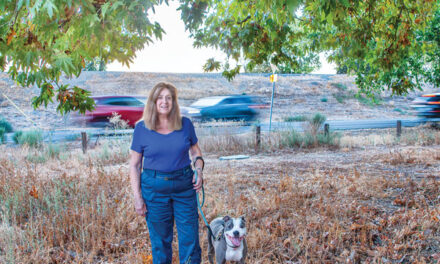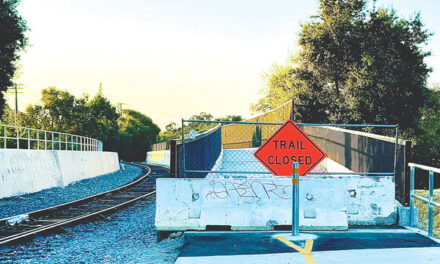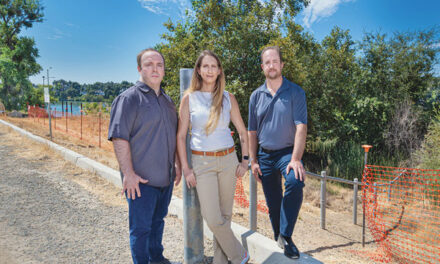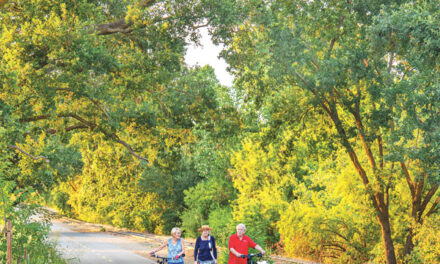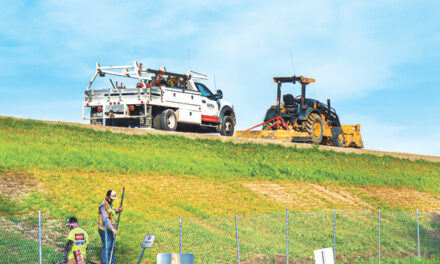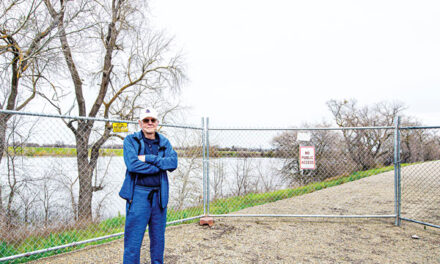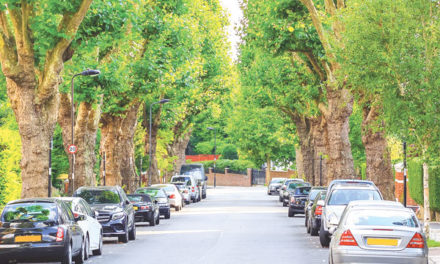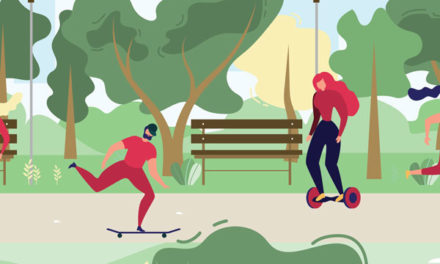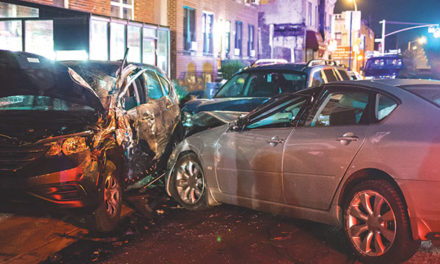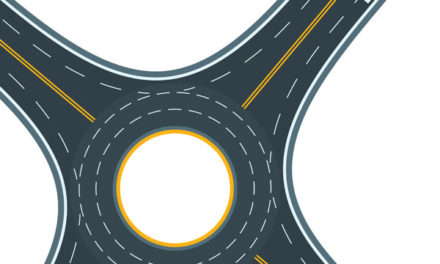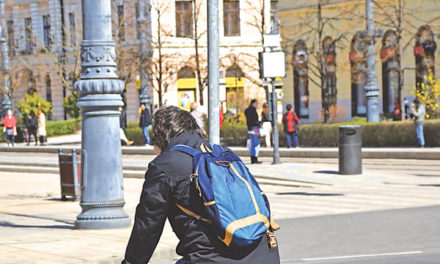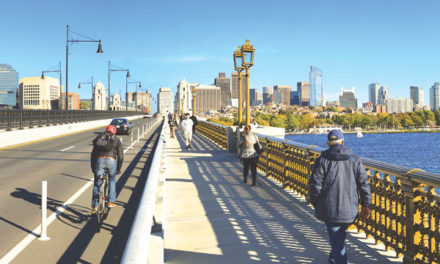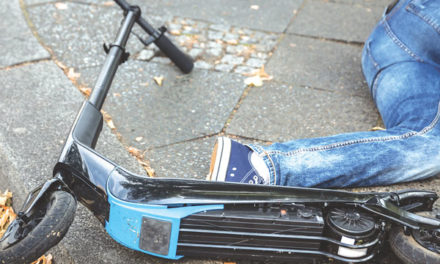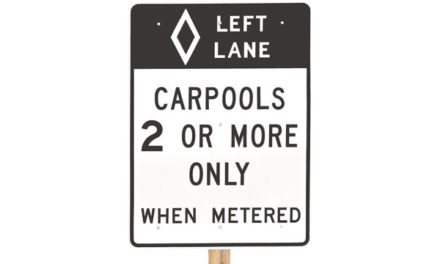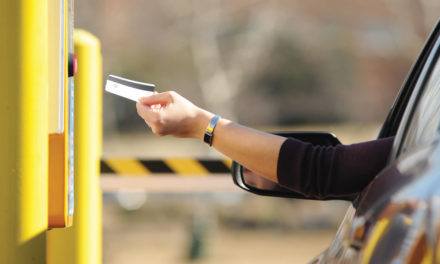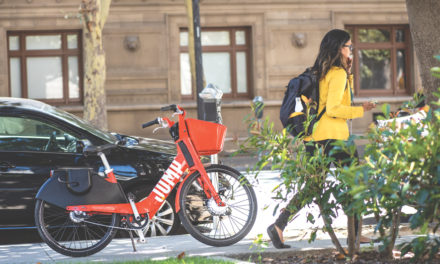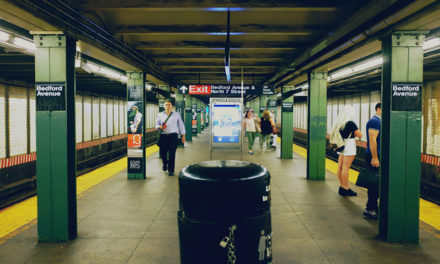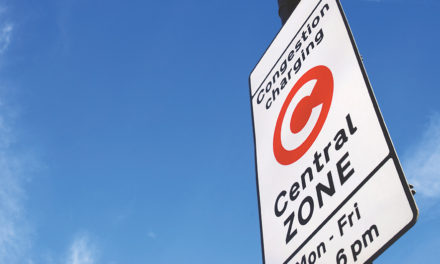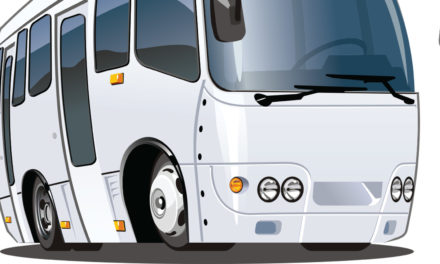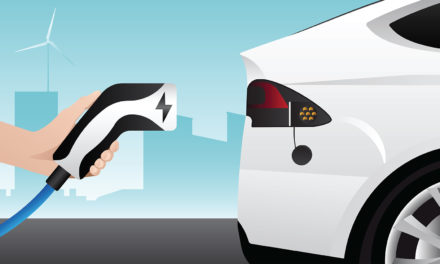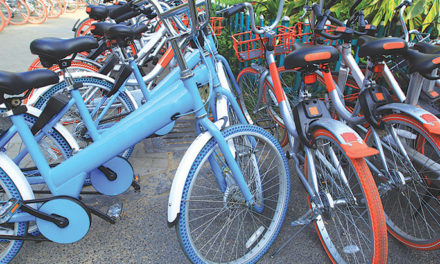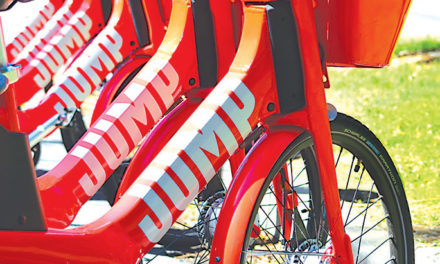Uber for Bikes
Sacramento jumps on the bike-share bandwagon
By Walt Seifert
July 2018
It’s hard not to notice the stylish, brand-new, bright-red JUMP bikes around town. Their color and design jump out at you. The bikes have a basket, bell, chain and skirt guards, an integrated lock, and head and tail lights. The seat height is adjustable. A small electric motor zips you along at speeds up to 15 mph. With a full charge, the bikes have a range of 30-plus miles.
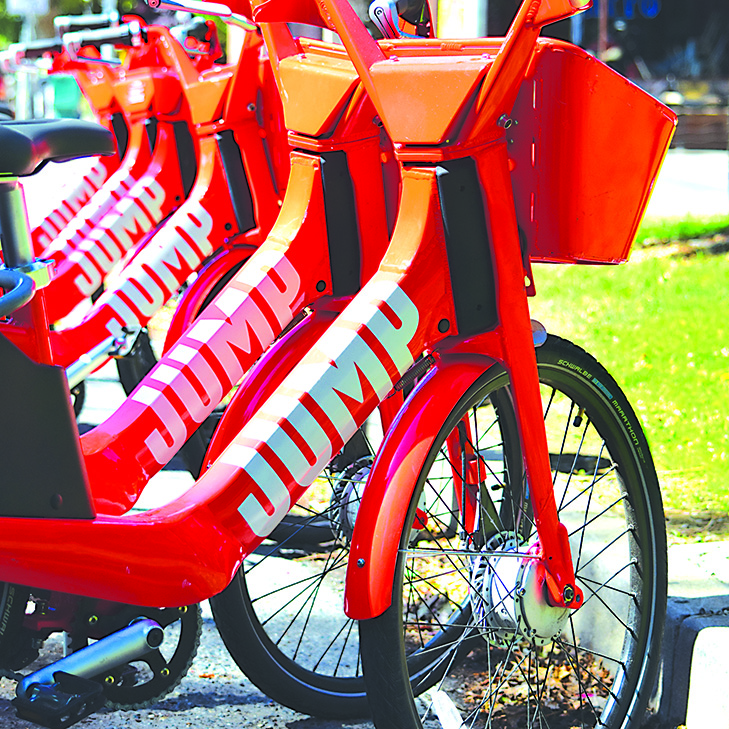
It costs $1 to rent the bike for the first 15 minutes, then 7 cents a minute afterward. When you’re done, simply lock up the bike wherever you are and leave. (A hefty $25 charge applies if you leave a bike out of the designated service area.)
Sacramento has jumped from being a laggard in the bike-share world. By the end of the summer, we could have the largest fleet of electric-assist bikes in the country. There are 300 on the streets with 600 more to come.
Bike-share systems are evolving. They’ve gone from free bikes to “dockless” bikes with GPS trackers that can be left almost anywhere. First-generation dockless bikes were relatively inexpensive bikes that some service providers simply dumped by the thousands in cities around the world.
Because of their electric assist, JUMP bikes are the latest generation of dockless bikes. I haven’t been a fan of electric bikes. One of my main motivations for cycling has been the health benefits from using my own power. Deep down, I felt bikes with motors were for the lazy or weak. But e-bikes open up bicycling to new riders and should build momentum for adding more bike lanes and racks. They are fast and fun. You pedal, but the electric assist (though it takes some getting used to) makes the ride easy. Biking in business attire or on a scorching Sacramento summer day is more feasible.
I actually read the multipage terms of use when I signed up for the JUMP mobile app, something most users probably don’t do. The terms contain some nuggets. To ride, you have to be 18 years of age and weigh 210 pounds or less. You can’t carry more than 20 pounds in the bike basket or use the bike for commercial purposes (such as food delivery). You owe JUMP $1,600 if the bike goes missing on your watch.
My experience trying out a JUMP bike indicated there are some kinks in the process. Signing up for the app, getting a Personal Identification Number and finding a bike nearby were fairly simple, though the app crashed multiple times. Bikes are shown as red dots (a lot fewer than 300 when I looked) on a map or on a list of the nearest bikes. The closest bike to me was at Selland’s Market-Cafe in East Sac, about 2 minutes from my home by foot. The next closest were at Sac State and on M Street, both 15 minutes away and not worth the walk. The app indicated the Selland’s bike had a “low” battery while the other two were 85 and 39 percent charged.
The low battery turned out to be a problem. I rode only about a block when the electric assist seemed to quit. It was still OK to pedal, but starting up the 70-pound bike from a dead stop was an effort.
When I ended my short trip at 48th and J, I saw three college-age males riding JUMPs on the sidewalk in front of El Dorado Savings Bank. They were going fast. As a pedestrian, I would not enjoy being rammed by anyone on a bike that is so heavy.
Jim Brown, executive director of Sacramento Area Bicycle Advocates, believes the JUMP program has started well. Rides per day is a common bike-share metric. JUMP is not yet disclosing those numbers but says it’s “very encouraged by usage at this stage from riders in Sacramento, Davis and West Sacramento.” A problem that JUMP is trying to address is that customers are locking bike to poles and other fixtures instead of bike racks.
To be viable, a bike-share system has to be convenient and inexpensive to use and operate. No doubt the JUMP service, and bike sharing in general, will continue to evolve. In April, JUMP was purchased by ride-hail giant Uber for an estimated $200 million, so JUMP will have the resources to grow quickly and refine its practices.
In Sacramento, bike batteries are currently charged when the bikes are transported to West Sacramento during “rebalancing”—that is, repositioned to prime locations by a driver who picks them up and transports them in a truck. That methodology seems like a costly, inefficient business model. In the future, some bikes may be recharged at special hubs, perhaps with a customer credit for returning the bike to a powered hub.
E-bikes like JUMP are especially suited for shorter central-city trips of 1 to 3 miles. They can be faster and cheaper than Uber, Lyft or public transit. I’ve got my own four unpowered bikes (one for every purpose), but I’d certainly be interested in using a system like JUMP if I didn’t own a bike or for getting around when I travel to other cities.
Walt Seifert is executive director of Sacramento Trailnet, an organization devoted to promoting greenways with paved trails. He can be reached at bikeguy@surewest.net.






